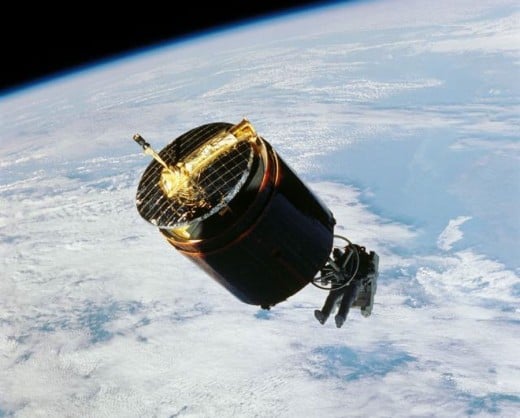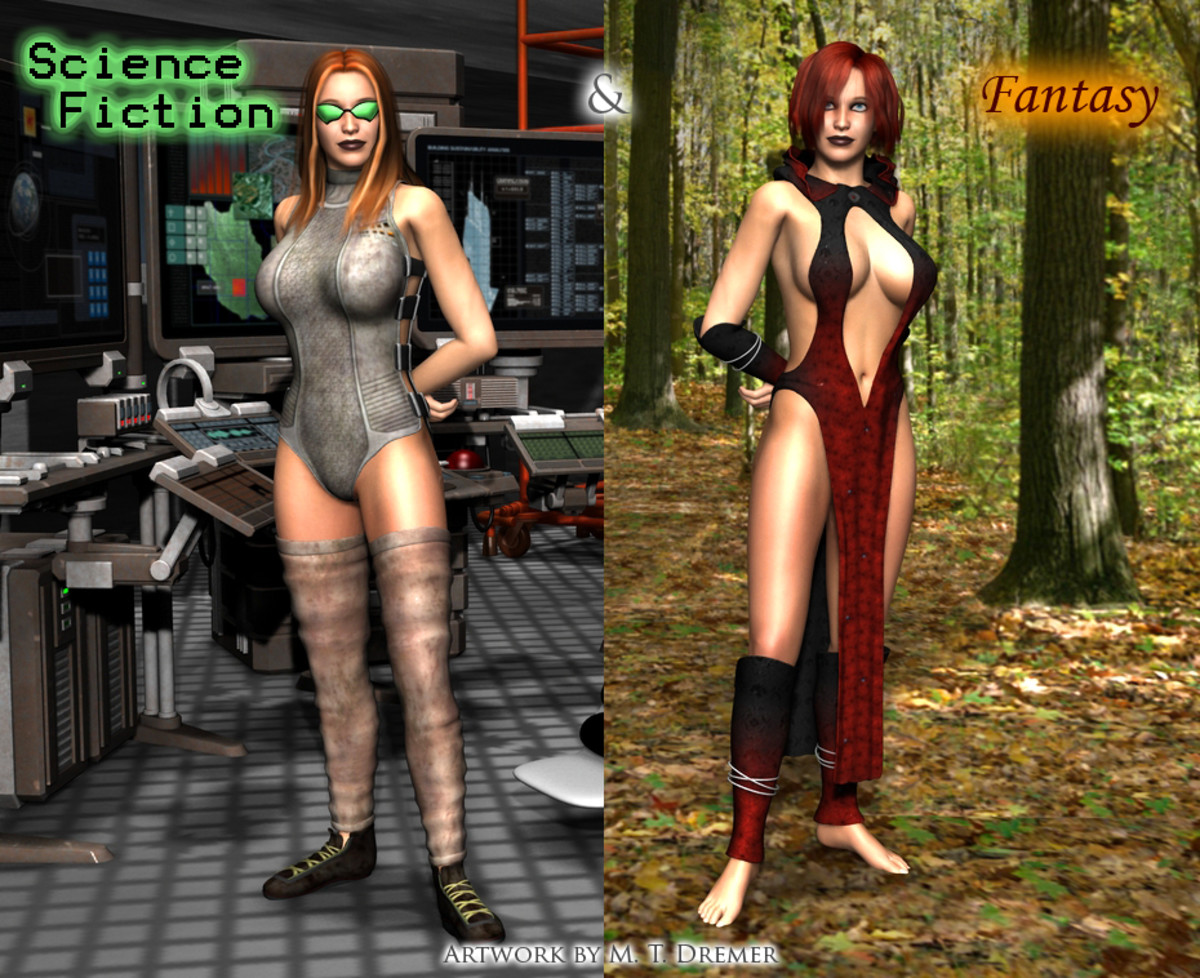Pitfalls to Avoid When Writing Science Fiction?
Within the Earth's Orbit

Sci-fi Today
Writing science fiction may be a lot like the task that is staring U.S. astronaut, Dale A. Gardner, in the face, as he attempts to attach a control device to the Westar 6 satellite. On the onset it seems like an impossible and daunting challenge, but yet with a little dedication and perseverance, it is possible to get the job done.
With the popularity these days of boarding schools for flying wizards and sensuous teenage vampires, the good ole days of space exploration and science fiction seem a long way off.
Blue Aliens

Tale from a Nearby Star
Still, a good, captivating science fiction film comes along, now and then, as did Avatar, most recently. Even this saga from the land of blue people pays respect to current scientific theory by placing Polyphemus and its moon, Pandora, near the Alpha Centauri star, which though, it is a mind-boggling 4.4 light years away, is still one of our nearest stars.
Moreover, the Avatar story does successfully delve into modern concepts of interstellar travel and allows the pioneers six years to make the cruise from Earth, though this voyage is only possible by cruising at a speed close to, but not exceeding, the speed of light. This is probably not the most perfect scientifically-based theory in the deck, but still light years ahead of the ever-popular Star Trek and its ludicrous "Warp Speed". If interested in a good current read on the science behind Avatar, you can check out this article at NASA Watch.
Earth Action

Who Is Orson Scott Card?
For those interested in a great read on how to write scientifically correct science fiction (while still being literary challenging), you can take a look at Orson Scott Card's ,How To Write Science Fiction and Fantasy. Card is a very distinguished science fiction writer in his own right, who broke into the genre by penning, Ender's Game,a classic story, which was released as a movie in 2013.
Orson Scott Card published his writing manual back in 1990, but it still makes for good reading today. The fascinating book tells all about the ins and outs of science fiction writing, including a few nice literary riffs, just on the subject of good writing skills. Not surprisingly, Card's writing skill is informative and the words flow easy, making this book fun to read - even if you don't plan to write any science fiction.
The Business of Sci-fi Writing

Sometimes It's All About the Writer
Beside writing technique, Card discusses such subject areas as world creation and scientific rational for space travel. The result is that anybody interested in writing Sci-Fi writing should have a great time absorbing everything Orson has to say. Many writers consider this book to be a major guidepost for the subject; and in fact I would not be surprised if James Cameron once read the book long before he put together Project 880 and the popular spin-off, called Avatar.
Blue Aliens

Saturn Viewed from Space

How To Write Science Fiction and Fantasy









